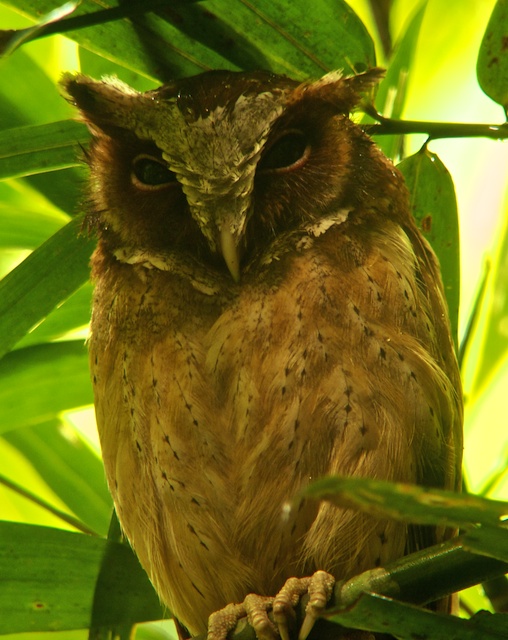Black-winged Stilt - juvenile
Himanotopus himanotopus
นกดีนเทียน
I was very concerned by the downpour as I drove south from home on Sunday afternoon to Laem Pak Bia, Phetchburi province in search of waders. It was quite a deluge though typical of rainy season weather. As if by magic my arrival coincided with the end of the rain and so my efforts were not in vain. We are at the beginning of the migratory period so I had very low expectations but nevertheless I’ve seen Tattlers and a Sharp-tailed Sandpiper on previous visits to the Inner Gulf at this time of the year.
Little Ringed Plover - juvenile
Charadrius dubius
นกหัวโตเล็กขาเหลือง
I knew I was taking a risk as I would be arriving approaching low tide and this would likely mean the waders would be far away. However the world of birds is full of unexpected happenings and I thought I’d take my luck. For example a Frigatebird was recently reported at Khok Kham, a short distance west of Bangkok. As it happened I went to the Abandonned Building in Laem Pak Bia while it was still raining and there was next to nothing visible. I could sense the end of the rain and thought I might as well drive north to Pak Thale and ride out the remainder of the rain.
Black-winged Stilt
Himanotopus himanotopus
นกดีนเทียน
There were no surprises and the birds were, as anticipated, far away but I managed a couple of decent shots of the more common species. There were plenty of Curlews in the distance and closer by the most common bird appeared to be the Common Redshank. The latter were quite camera shy. I took advantage of the excellent light and took some shots of the more common species. Even with these species it is actually difficult to get in close.
I felt privileged as the sun shone and the weather was really pleasant plus I had the place entirely to myself, save for the local fisher people. I decided to cash in on the good light and head back to check what was in the Kings Project at Laem Pak Bia.
En route I stopped to check out a small flock of Great Knot many of which were sporting the remnants of their breeding plumage: over the next few months this flock will increase to the 500 + mark along with huge flocks of Lesser Sandplover and Black-tailed Godwit.
Collared Kingfisher
Todiramphus chloris
นกกินเป่ยว
The Kings Project is a great place for birding and it didn't disappoint on this occasion: 12 Spot-billed Pelicans languorously paddling about the ponds. These guys are really sensitive to disturbance so I kept away. It was just a joy to sit back and watch them amble about. It was surprisingly difficult to get a shot of them mainly because of distance but the light also was a factor: it was so strong and even as sunset approached it was casting powerful beams straight onto the birds: even with -2 ev compensation and ISO 64 I was still getting blown highlights at 6:00 pm.
Little Heron
Butorides striatus
นกยางเขียว
It was a golden hour! I felt so happy to be alive and to be in this place alone with these beautiful, big birds nearby. There were a couple of Painted Stork too and they triggered a strong desire in me to eat mature Cheddar cheese! With that came the taste of oatcakes and pickle! Ah the privations of expatriate life in Thailand!
The pictures above were all shot at Pak Thale and those below at Laem Pak Bia.
This picture (above) shows the sala or pavilion which Phil Round uses as the base station for his banding operation. There are actually two pelicans to its left, just about visible. The Painted Stork was just to the right a little bit further along the path, basking in the final light of the day. A Brahminy Kite flew over soon after I took this shot. Finally this sunset shot, taken just outside the Kings Project, transforms an otherwise drab and miserable sort of landscape, especially in daylight.














































